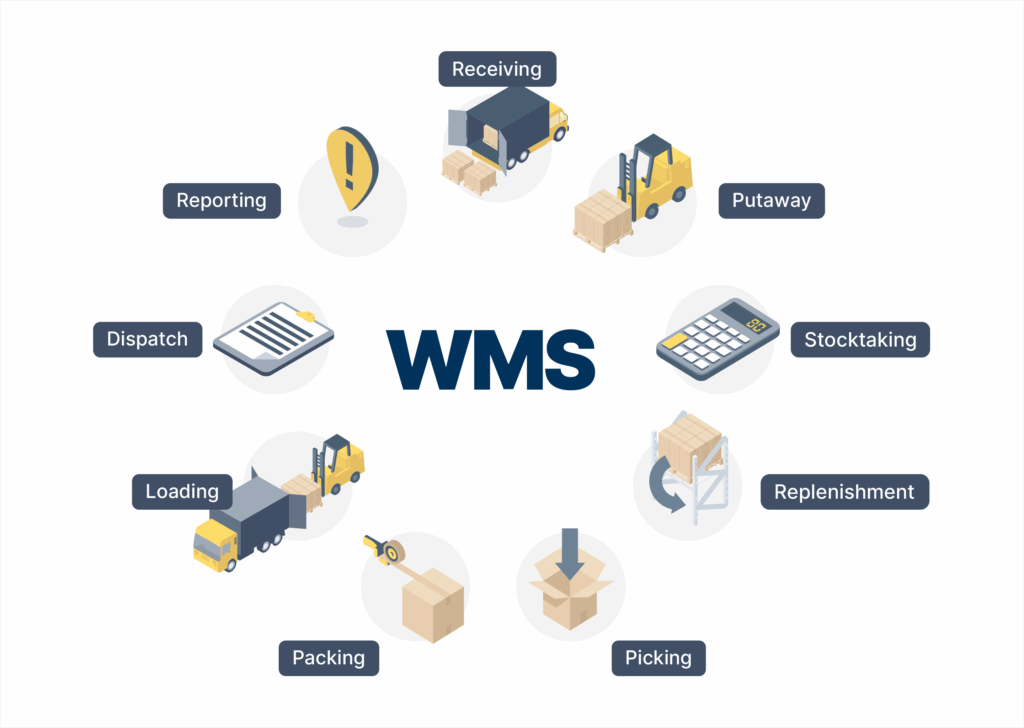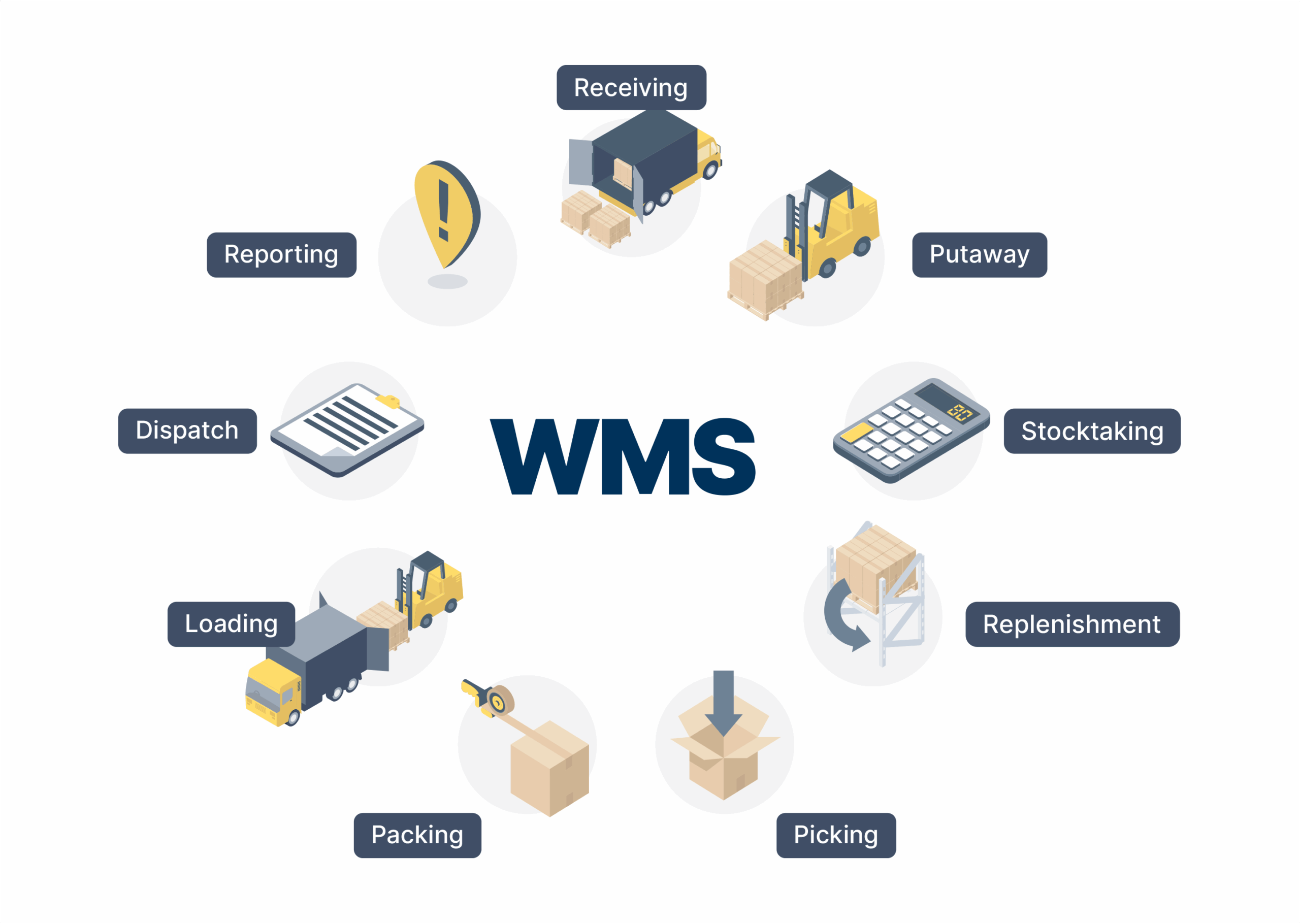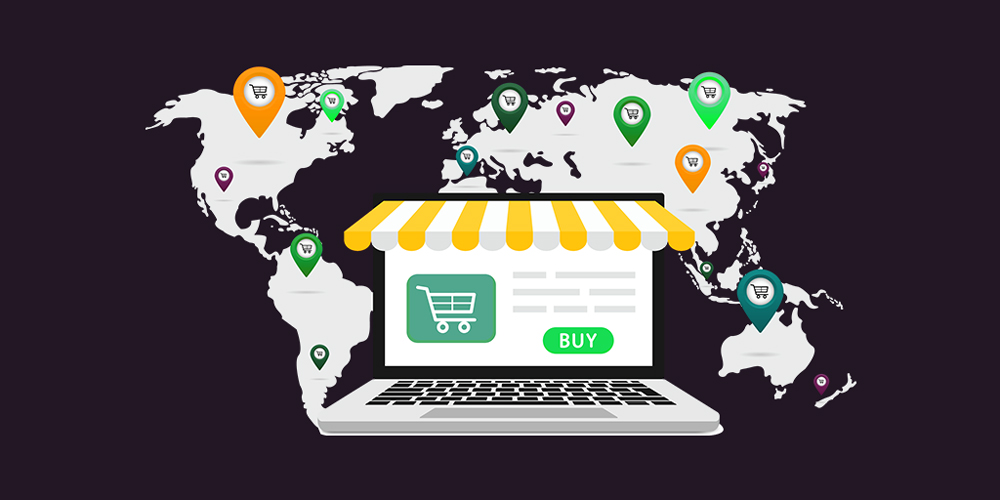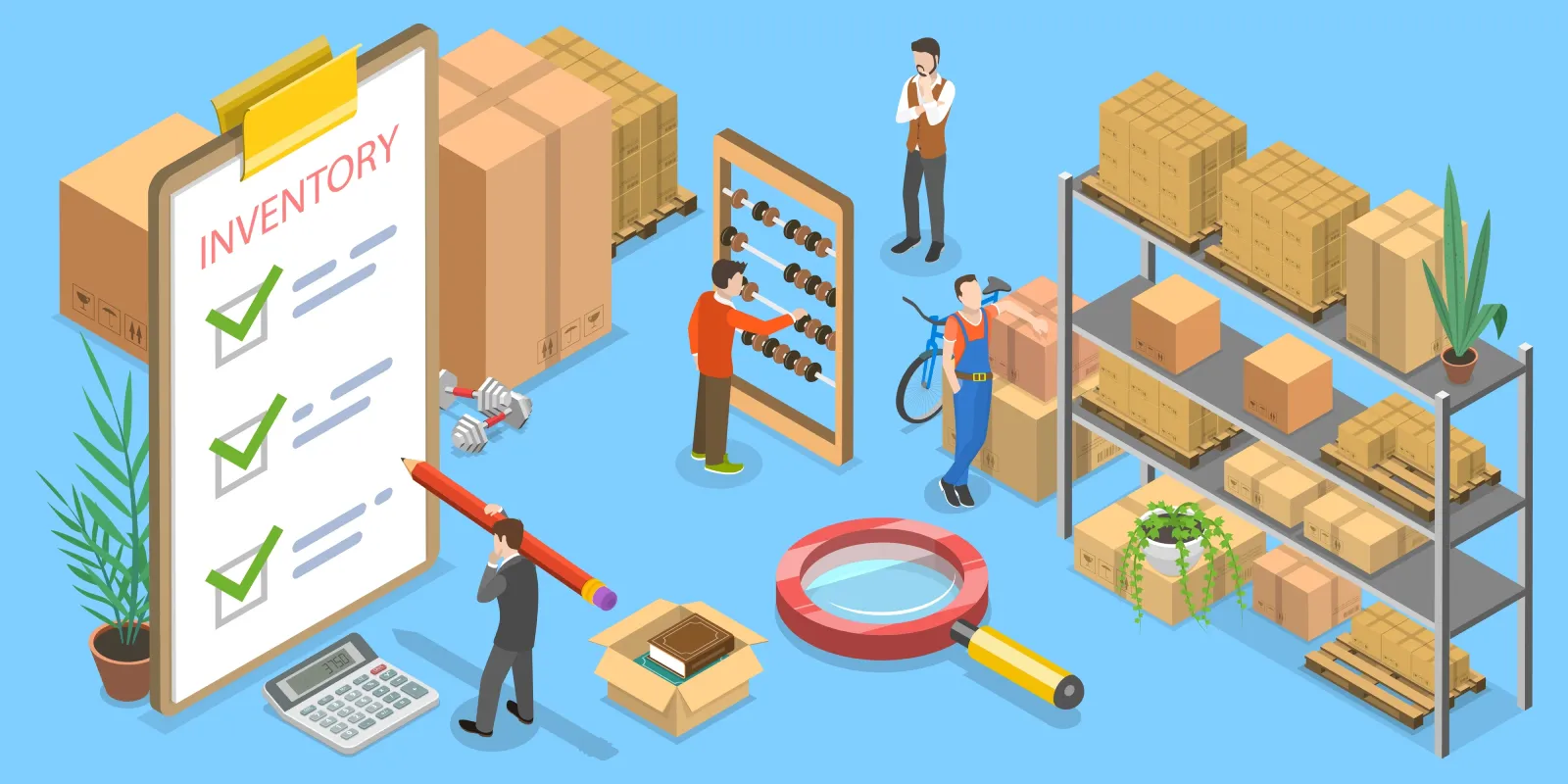Want Fewer Refunds? Logistics Visibility Is the Missing Link
Refunds often occur not because of defective products, but because customers can’t see what’s happening after they make a purchase. Logistische Sichtbarkeit changes that by turning confusion into confidence. Businesses using Postalparcel’s logistics visibility solutions provide shoppers with real-time shipment updates, build trust, and significantly reduce refund rates. When buyers know exactly where their orders are, every delivery becomes a reason for loyalty instead of frustration.

1. Why Do Refunds Happen So Often?
Refunds are not always caused by product defects or the delivery of incorrect items. Many occur because customers feel uninformed. A lack of delivery updates leads to anxiety, and anxious customers are far more likely to cancel or request a refund. This is a communication issue—not a logistics one.
1.1 Hidden Causes Behind High Refund Rates
- Vague tracking updates: Generic status messages, such as “in transit,” can persist for days, leaving customers uncertain about their status.
- Unexpected delays, such as weather, customs checks, or last-mile courier issues with no explanation, can cause buyers to lose patience.
- Lost or misrouted parcels: Without accurate tracking, both the business and customer struggle to locate missing packages.
- Unclear notifications: Different carriers employ inconsistent tracking systems, resulting in confusion and uncertainty.
When these problems combine, even satisfied buyers lose trust. Improving visibility ensures they always know what’s happening and when to expect their delivery, resulting in a dramatic reduction in refund requests.
2. What Is Logistics Visibility and Why Does It Matter
Logistische Sichtbarkeit means having a complete, real-time view of every shipment from warehouse to doorstep. It combines data from carriers, fulfillment centers, and customer portals into a single platform, ensuring that all parties involved see accurate delivery information.
2.1 Core Components of Logistics Visibility
- End-to-End Tracking: Unified monitoring across all carriers and routes, local or international.
- Predictive Alerts: Proactive notifications when delays or route changes are detected.
- Integrated Systems: Automatic data sharing between inventory, warehouse, and logistics tools.
- Kunden-Transparenz: Real-time tracking pages that show live progress, reducing uncertainty and inquiries.
When all components work together, companies can anticipate issues rather than reacting to complaints.
3. How Logistics Visibility Reduces Refunds

3.1 Customers Trust What They Can See
When customers see constant movement—“shipped,” “arrived at hub,” “out for delivery”—their confidence grows. Even if delivery takes longer, visible progress prevents frustration and refund requests.
3.2 Fewer Lost Packages
Visibility platforms enable businesses to identify stalled shipments instantly. Teams can alert couriers or resend items before problems escalate. This proactive communication turns potential refunds into satisfied customers.
3.3 Faster Customer Support
Customer service no longer has to “check with the carrier.” Complete tracking histories allow immediate answers. This transparency shortens resolution time and builds professional credibility.
3.4 Better Accountability
With visibility tools, companies can pinpoint where errors occur—whether in packaging, transport, or customs. Data-driven insights help identify and address weak points in the supply chain, preventing similar issues in the future.
4. What Happens Without Logistics Visibility
Operating without visibility means flying blind. Minor issues often escalate into major refund cases simply because they are not addressed in a timely manner.
4.1 Delayed Communication
Wenn Tracking-Datensätze isn’t centralized, support teams spend hours manually contacting carriers for updates, delaying responses to customers.

4.2 Higher Operational Costs
Refunds, replacement shipping, and customer service hours quickly increase costs. Lack of visibility means businesses spend more time solving problems that could have been prevented.
4.3 Reputation Damage
Today’s buyers expect transparency. When they are unable to obtain it, they may leave negative reviews, switch to competitors, and share their experience publicly. Consistent visibility protects your reputation and customer trust.
5. How to Implement Logistics Visibility Successfully
Implementing logistics visibility doesn’t require a complete system overhaul. It’s about connecting your existing tools in more innovative ways.
5.1 Centralize Your Data
Combine all shipment and inventory data into a unified dashboard. This provides logistics, customer service, and sales teams with a unified real-time view, enhancing accuracy across departments.
5.2 Use Predictive Analytics
AI can detect risks before they impact customers. For example:
- Predict customs or weather delays;
- Automatically reroute shipments to faster carriers;
- Adjust expected delivery dates on customer portals.
5.3 Connect Warehouse and Delivery Systems
Integrate warehouse management system (WMS) with last-mile tracking to maintain continuous visibility from order packing to final delivery.

5.4 Provide Branded Tracking Pages
Branded portals enhance customer trust. They look professional, match your website’s style, and show accurate delivery updates—reducing “Where’s my order?” messages by up to 50%.
5.5 Monitor Carrier Performance
Use data to evaluate each carrier’s on-time delivery rate and customer satisfaction. Replace underperforming partners with more reliable ones based on real performance data.
6. Technologies Behind Logistics Visibility
Modern visibility tools utilize a combination of sensors, automation, and AI to collect and analyze shipment data in real-time.
6.1 IoT-Sensoren
Smart sensors track temperature, movement, and location. For fragile or valuable items, they provide proof of proper handling and prevent unnecessary disputes.
6.2 API Integration
APIs connect logistics platforms, carriers, and e-commerce systems seamlessly. Data flows automatically, removing the need for manual updates or spreadsheets.
6.3 Machine Learning
Algorithms identify delivery trends and predict which routes or carriers are most likely to cause frequent delays. This helps optimize future shipments.

6.4 Cloud-Based Dashboards
Cloud dashboards centralize tracking data, allowing teams to access shipment information at any time and from anywhere—ideal for businesses managing global operations.
7. The Business Impact of Logistics Visibility
7.1 Tangible Benefits
- Reduced Refunds: Real-time visibility lowers refund rates by building trust.
- Lower Support Costs: Fewer tracking inquiries free up your team to focus on other tasks.
- Better Inventory Control: Knowing what’s in transit helps plan restocking accurately.
- Higher Customer Retention: Reliable and visible delivery keeps customers coming back.
- Improved Brand Reputation: Transparency enhances credibility and strengthens loyalty.
7.2 Real Example
A mid-sized online retailer implemented a logistics visibility system across its global carriers. In just three months:
- Refunds dropped by 27%.
- Delivery-related support tickets fell by 42%.
- Repeat purchases increased by 19%.
- Average customer satisfaction score improved from 4.1 to 4.7 stars.
These results demonstrate that visibility not only prevents problems but also creates measurable growth.
8. Common Challenges and How to Overcome Them
8.1 Integration Limitations
Older systems can be connected through APIs or middleware without requiring the replacement of existing tools. Gradual integration adds visibility while maintaining stable operations. Many platforms already support Shopify, WooCommerce, and Magento, making setup quick and low-risk.
8.2 Budget Concerns
Although there’s an initial cost, the savings from fewer refunds, lost shipments, and support requests quickly outweigh it. Cloud platforms charge based on usage, keeping logistics visibility affordable for businesses of all sizes.

8.3 Lack of Technical Skills
Modern platforms are designed for simplicity. Cloud-based dashboards require no coding and a small IT team. With guided onboarding and support, even non-technical staff can track shipments and resolve issues in real time.
9. The Future of Logistics Visibility
The next generation of logistics visibility is predictive and interconnected. Systems will not only show where shipments are but also forecast what might happen next.
Emerging innovations include:
- AI-Routenoptimierung that reduces delivery times and emissions.
- Blockchain-Verfolgung for tamper-proof, transparent data exchange.
- Collaborative visibility networks where brands, carriers, and customers share real-time updates seamlessly.
Businesses that adopt these technologies early will gain a significant competitive advantage in terms of reliability and customer experience.
10. Conclusion: Visibility Builds Confidence
Refunds are often signs of missing communication, not poor quality. When customers can track every step of their delivery, they stay informed, patient, and satisfied.
Investing in logistische Sichtbarkeit reduces refunds, increases efficiency, and builds trust at every stage of the buyer journey. Strengthen your supply chain today with Postalparcel’s logistics visibility solutions and give your customers confidence that every order will arrive as promised.
Einblicke in die Industrie
Nachrichten über den Posteingang
Nulla turp dis cursus. Integer liberos euismod pretium faucibua








